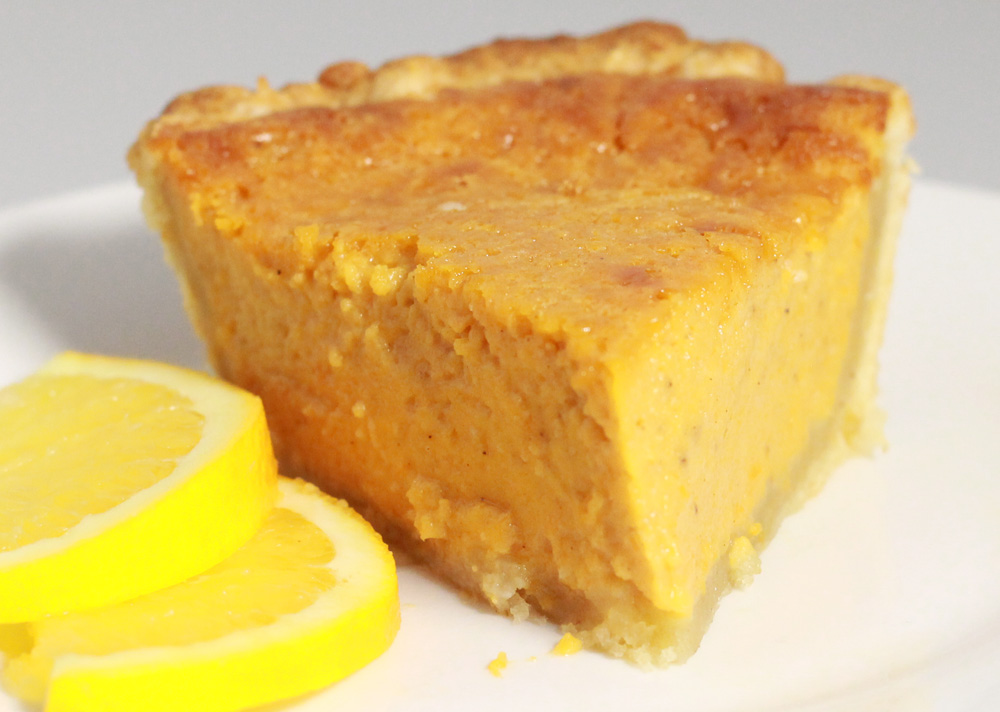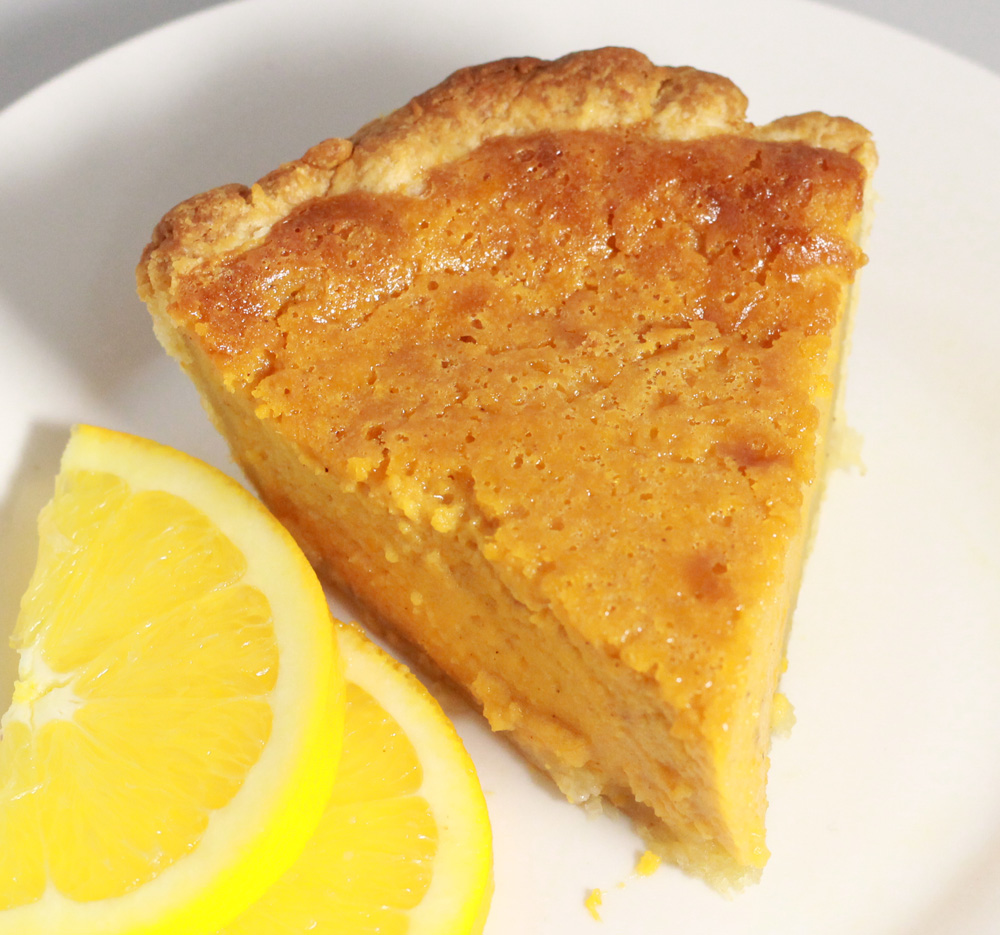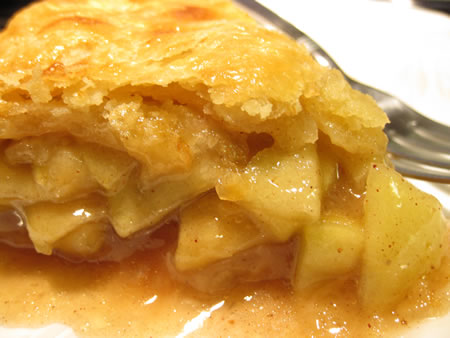Sweet Potato or Pumpkin Pie
What’s the big deal? They’re both basically the same thing, a custard with cooked, pureed flesh with similar spices of cinnamon, ginger, nutmeg, clove, and/or mace. But that’s only a theoretical description.
Pumpkin pie and sweet potato pie are similar in appearance, texture, and flavor, but that doesn’t mean people like them equally.
Some folks can’t tell a difference. Other folks seem to prefer one to the other. Help me out here. What’s the difference? Why do you prefer one to the other?
- Sweet Potato pie has more calories than pumpkin.
- Pumpkin pie is less starchy.
- This one convinced me: Pumpkin puree comes in a can. Sweet potato is easier to get fresh.
- Here’s another one for sweet potato pie: It’s twice as nutritious to pumpkin.
If you were to eat one just on its own merit, would you eat pumpkin mash or sweet potato mash? I think most would agree they prefer sweet potato mash. People don’t actually like the taste of pumpkin. They like the taste of fall. Sweet potatoes are eaten year-round while pumpkins are fall choices.
The simple fact is sweet potato pie is better for you if you’re not counting calories.
So why is Pumpkin Pie more popular than Sweet Potato Pie?
Pumpkin pie is a classic holiday staple. And it’s representative of the big three holidays: Halloween, Thanksgiving, and Christmas. Pumpkins are a symbol of harvest time in the fall, and the best way for most Americans is to eat fall as a pumpkin. It seems a lot as to do with the state you live in whether you prefer sweet potato or pumpkin pie. Okay, all to their own. Let’s move on.
A Store of Nutrition
Think of a plant that has a high food value, is easily grown, matures quickly, produces a lot of food for the planting space used, has good keeping qualities, and tastes nice. It sounds too good to be true. Yet the sweet potato has all of these qualities.
Sweet potatoes are a very nutritious local food that should be used to their full potential.
Sweet potatoes are an excellent source of vitamin A (in the form of beta-carotene). They are also a very good source of vitamin C, manganese, copper, pantothenic acid and vitamin B6. Additionally, they are a good source of potassium, dietary fiber, niacin, vitamin B1, vitamin B2, and phosphorus.
The roots of the sweet potato are a good source of energy, which the body needs to stay active and alive. Yellow and orange varieties of the sweet potato root contain a high amount of Vitamin A. Other pale-fleshed varieties contain much less of this important vitamin.
Sweet Potato History
Sweet potatoes are native to Central and South America and are one of the oldest vegetables known to man.
Christopher Columbus brought sweet potatoes to Europe after his first voyage to the New World in 1492. By the 16th century, they were brought to the Philippines by Spanish explorers and to Africa, India, Indonesia and southern Asia by the Portuguese. Around this same time, sweet potatoes began to be cultivated in the southern United States, where they still remain a staple food in the traditional cuisine.
Worldwide, about 80 million tons of sweet potatoes are grown in China each year, with Africa producing about 14 million tons, Central and South America about 2 million, and the U.S. about 1 million tons. Within the U.S., over half of all commercially grown sweet potatoes come from the southern states (especially North Carolina).
How to Select and Store Sweet Potatoes
Choose sweet potatoes that are firm and do not have any cracks, bruises or soft spots. Avoid those that are displayed in the refrigerated section of the produce department since cold temperature negatively alters their taste.
Sweet potatoes should be stored in a cool, dark and well-ventilated place, where they will keep fresh for up to ten days. Ideally, they should be kept out of the refrigerator in a cool, dry, dark place, not above 60°F /15°C, which would fit the characteristics of a root cellar. Yet since most people don’t have root cellars, we’d suggest just keeping your sweet potatoes loose (not in a plastic bag, but if desired, a brown paper bag with multiple air holes punched in it will work) and storing them in a cool, dark, and well-ventilated cupboard away from sources of excess heat.
Cooking Sweet Potatoes
To keep sweet potato roots from changing color, do not peel the skin before cooking. Cooking sweet potatoes with the skin on helps keep the vitamins. If sweet potato is too large to fit in a pan, cut them up in 2-inch chunks and boil them straight away with a little salt for about 25 minutes so that they will keep their color.
If a fork easily penetrates the sweet potato, it’s done. Rinse with cool water and scrape sides with fork to remove the skins.

Ingredients for one 9-inch pie
Filling
- 4 to 5 medium sweet potatoes (2 1/4 cups cooked and mashed)
- 2 cup light cream or half-and-half
- 3/4 cup sugar
- 1/4 cup light brown sugar
- 3 large whole eggs
- 1 egg yolk
- 2 tablespoons unsalted butter, melted
- 1/2 teaspoon ground cinnamon
- 1/2 teaspoon fresh ground nutmeg
- 1/4 teaspoon ground ginger
- 2 pinches ground cloves
- 1/4 teaspoon salt
- 1 teaspoon pure vanilla extract
- 2 tablespoons fresh orange juice
- 1/2 teaspoon fresh orange zest
Filling Directions:
- Prepare the pastry: Roll the pastry and line a 9-inch pie plate with the bottom crust. Roll out the remaining dough for the top crust. Chill the pastry and partial-bake. Let cool to room temperature.
- Preheat the oven to 350° F.
- Boil the sweet potatoes until tender all the way through, about 30 minuteshour. Set aside to cool.
- Remove the sweet potato flesh and puree or beat until smooth.
- Mix sugars and spices in a bowl.
- Now whip the eggs in the bowl with spices until a smooth texture.
- Mix sweet potato puree with milk in pan and heat up until it boils.
- Temper egg mixture with this hot mixture. Mix well and add vanilla, orange juice and zest.
- Slowly pour the mixture into the cooled pie shell.
- Reduce the oven temperature to 350° F.
- Set the pie on the center oven rack and bake for 20 minutes, turn the pie 180° degrees. Continue baking until the center is set and the edges start to rise, about another 20 minutes.
- When ready the filling will be firm. The edges of the filling may puff up a little. You should not see much browning if any on pie filling.
- Transfer the pie to cool. Serve slightly warm or at room temperature.
- For storage cover the pie loosely with aluminum foil and refrigerate.
Cracks in the filling
are signs of an overcooked custard.
It is fine but not the best.
Sweet Potato Pie Success Tip
Darker skin sweet potatoes are the best for pies. They tend to be sweeter and less dry.




